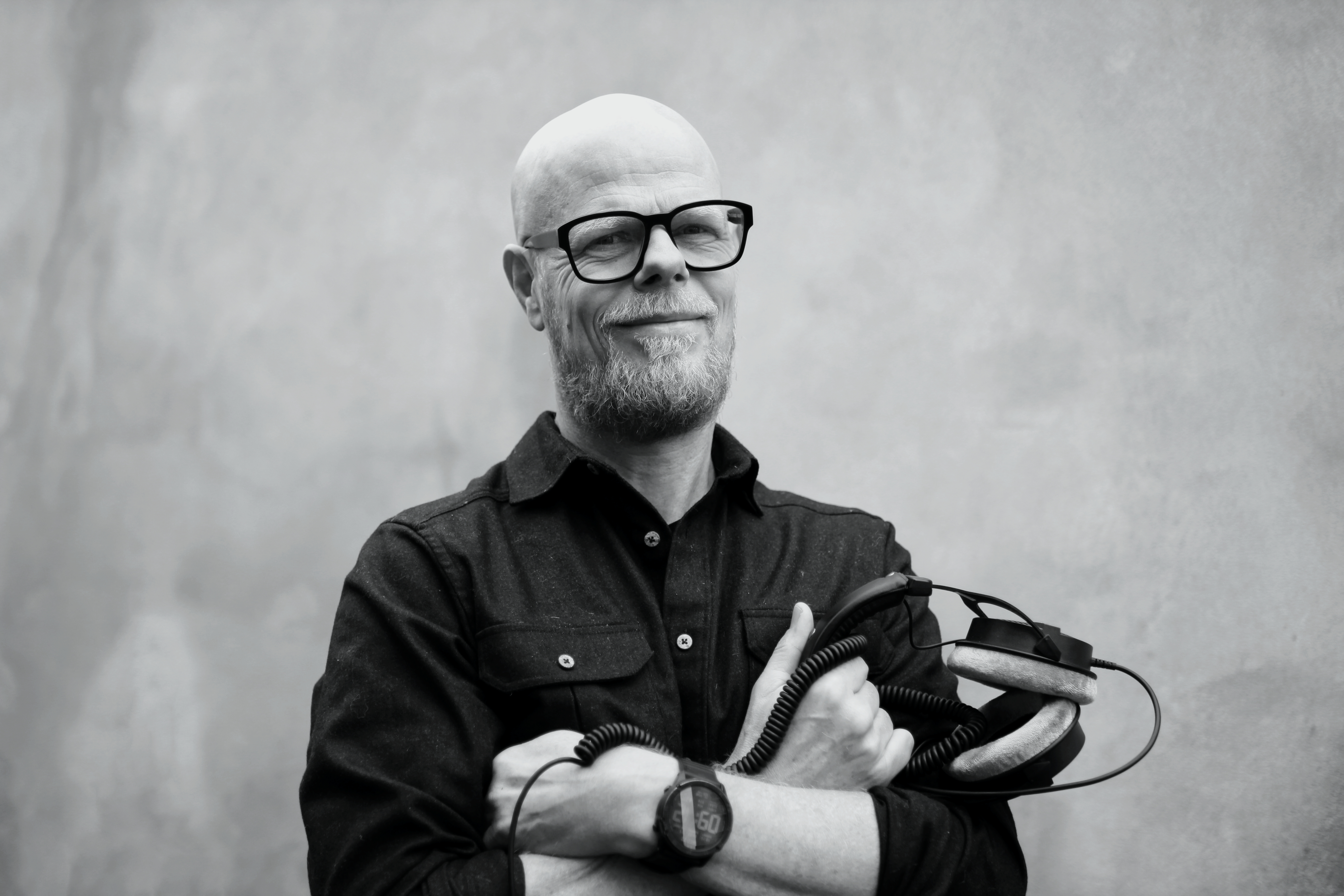Stop adding noise. Start designing sound that improves life
Brands that ignore sound are leaving experience, effectiveness, and human well‑being on the table.
I’m an audio branding strategist based in Copenhagen and the CEO of Sonic Minds. I’m also a highly sensitive person. Noise exhausts me. I see the same fatigue in audiences every time I speak: the moment people feel recognised as noise‑sensitive, they lean in. This isn’t a niche. It’s a daily, global tax on attention, mood, and health, and most brands are paying it without noticing.
Here’s my philosophy: if we break the silence, it must create more meaning than the silence itself. Otherwise, we're just creating noise. Everything is vibration, and sound and music are among the fastest ways to change human states, feelings, focus and behaviour.
We can hear before we are born, and yet sound is still treated as an afterthought in product, UI, and brand. It’s time to raise the awareness of sound, not volume, and design a better sounding world that reduces stress, increases effectiveness and strengthens brands.
Noise is not neutral

We live in an over‑signalled world. Screens flash, feeds refresh, devices chirp. The default industry response has been 'more': more alerts, more stingers, more sonic logos. But these sounds are not neutral, it elevates stress, degrades focus and sleep, and erodes trust in the brands behind it. There’s a reason ANC headphones have become office wear. People are carving out headspace in a world that forgot to listen.
I’m one of roughly 20 per cent of the population who are highly sensitive to sensory input. I reset in nature because nothing shouts at me there; water, wind and birds invite presence. That’s the benchmark I carry into my work: sound that respects attention, fits context and earns its place.
Sound is a design system, not decoration
Sound and music are among the strongest tools we have to shift mood and behaviour, faster than visuals. But most organisations treat them like paint at the end of the process. The result? UI pings that nag, product feedback that startles, 'signature' sonic assets that bulldoze their way through every channel.
The alternative is an audio design system: a coherent, context‑aware set of music, UI sounds, motifs, and rules, distinct enough to be ownable, subtle enough to be livable. Think guidance over interruption, reassurance over surprise. Think clarity, not loudness. When done well, higher‑quality, more meaningful sound delivers more effective branding, trust, less noise, higher effectiveness and adds to a better sounding world.
Daily design news, reviews, how-tos and more, as picked by the editors.
If a product sounds annoying, it is an annoying brand
We say this to clients bluntly because it’s true. Sound is not a garnish; it’s part of the experience. If bad music and annoying sound design could smell, it would smell like S*** in many places.
If the checkout success tone jars, your 'frictionless' funnel just added friction. If your EV’s cabin chimes shout, your 'calm technology' feels anxious. If your app’s push tone is indistinguishable from a thousand others, your 'distinctive brand assets' are anything but.
A brand is no better than it sounds. People don’t parse your intentions; they feel your effects.
Not more sound. Better sound.
How to create better sound
Here’s the practical philosophy we use at Sonic Minds:
- Only break silence when it adds more meaning than the silence itself.
- Guide, don’t nag. A UI cue should direct attention, not demand it.
- Reassure, don’t startle. Product feedback should confirm state, not spike cortisol.
- Design for context, culture, and accessibility. Loudness is not clarity.
- Measure impact. If it doesn’t reduce complaints, errors, or time‑to‑complete, or lift recall, ROI and satisfaction, rework it.
This is not minimalism for its own sake. It’s respect for human bandwidth and a commitment to effectiveness.
Brand by brand, company by company
Creating a better sounding world won’t come from one manifesto. It happens one audio footprint at a time.
Our process is simple:
- Audit: Map every sound in your ecosystem from UI, product, environments, content. Identify irritants, redundancies, and moments of truth.
- Principles: Align on brand behaviours in sound. What does 'calm', 'confident', or 'playful' mean sonically in your context?
- System: Build an insightful flexible audio design system containing various distinct audio assets
- Test and iterate: Use listening panels. Optimise for clarity, comfort, and recall.
- Educate: Train teams. Sound fails when only one department cares. Education and awareness are part of the work.
The payoff isn’t just pleasantness. It’s effectiveness: fewer support tickets about 'annoying sounds', smoother flows, internal understanding for why and how your brand sounds, clearer recall for your brand, and a quieter cognitive load for your users.
Strong opinions from the microphone.
I give keynotes worldwide. The most visceral moment is when I ask, "Who here finds everyday product sounds stressful?" Hands go up. Not a niche. Not "just my sensitivity". The market is telling us something: stop using sound as a megaphone. Use it as a guide.
If you’re a brand leader, ask yourself:
- What does my product actually sound like in someone’s day? In a quiet cabin? On a crowded train?
- Which sound events genuinely add value? Which exist because “we’ve always had a sound there”?
- Would I be proud to live with my audio footprint for eight hours a day?
If the answers make you wince, good. That discomfort is the start of better design.
An invitation: raise awareness, not volume
Sonic Minds exists to create a better sounding world. We raise awareness of meaningful sound and music so brands become more engaging, and our shared audio landscapes more harmonious. Higher‑quality, more meaningful sound means more effective branding, less noise, and better outcomes for people and business.
Design sound and music that improves life quality. Brand by brand. Company by company. Not more sound. Better sound.
For more sonic branding, see more tips on how to develop a sonic identity.

Growing up, Karsten was always surrounded by music. His father was a professional jazz drummer, and the family house in Copenhagen was locally known as the 'house of music' with musicians and instruments floating around the living areas. At the age at 23 Karsten stepped into his father's footsteps and became a professional Jazz-drummer.
Later while working at a strategic branding agency, Karsten recognised that big brands were struggling to express themselves in sound. This could lead to a misunderstood message, and in some cases, it could even damage the brand. So, in 2004, he founded Sonic Minds, one of the first agencies specialised only in audio branding and strategic use of sound and music to create more engaging brands and customer experiences.
You must confirm your public display name before commenting
Please logout and then login again, you will then be prompted to enter your display name.
